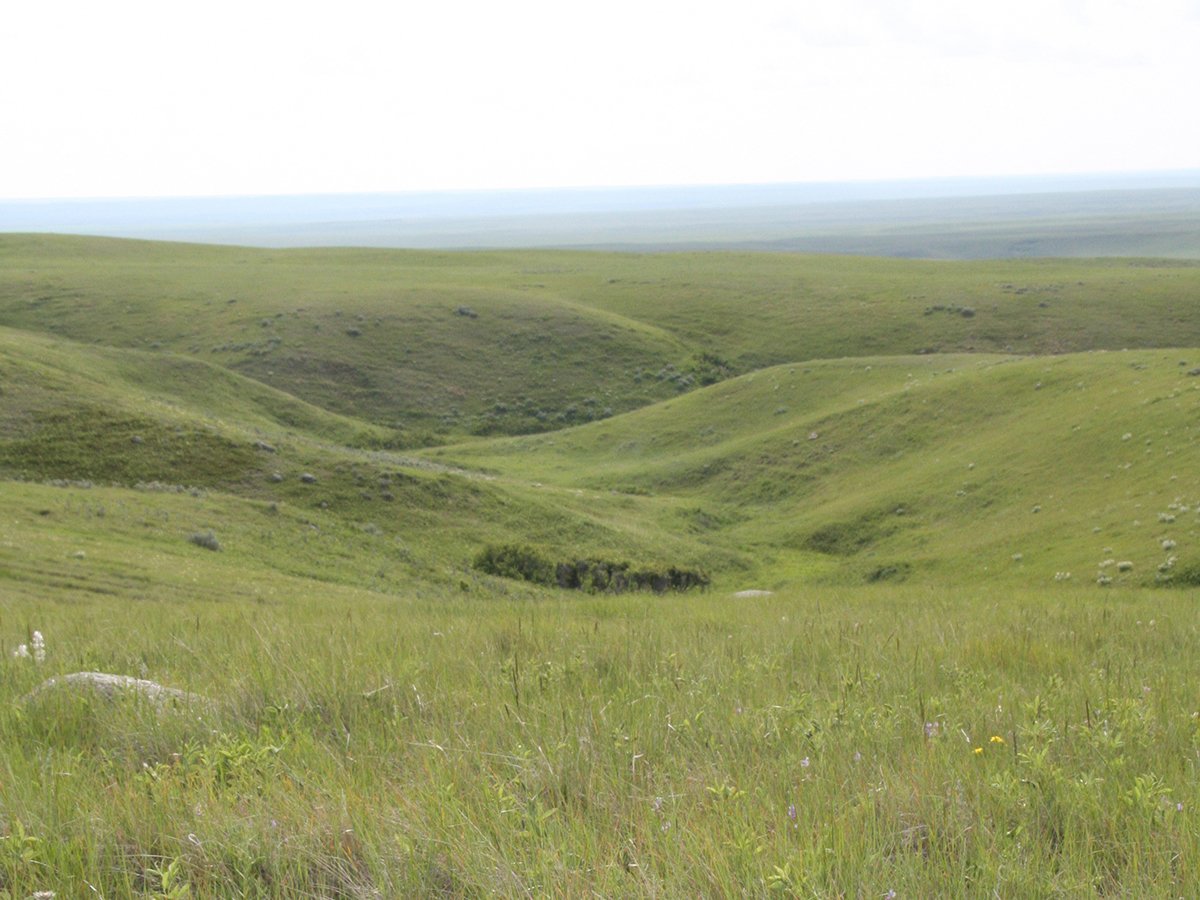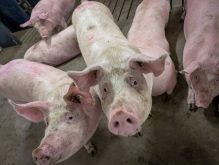HEFFLEY CREEK, B.C. – Craig and Kim Yungmeyer had planned a getaway on the August long weekend last year but had to stay home and fight a fire that threatened to destroy everything they owned.
Smoke and heat disoriented people and animals. The Yungmeyers used all-terrain vehicles to move cattle and horses to safe areas.
“I have never seen shocked animals like that in my life,” Yungmeyer said. “They were totally in a daze.”
His 15,000 acre ranch was caught between the Strawberry and McGillivary wildfires that raged near Kamloops. Driven by wind and tinder dry conditions, flames moved faster than the fire trucks that drove on the highway at 50 km-h.
Read Also

Alberta irrigation project on grasslands approved
Environmental concerns raised by Alberta conservation groups over irrigation expansion project within rural municipality
“It started going up the hillside and it sounded like a jet plane just sitting right across from here,” Yungmeyer said.
The fires turned and twisted in the shifting winds. They created their own convection current and columns of flame rose into the sky. Parts appeared extinguished but then flared up again and burned everything that was not removed the first time. The fires eventually burned themselves out as the weather cooled and their fuel disappeared.
Fire burned the trees beside their house but the house survived, probably because it is stucco and brick with a metal roof. Their home was cleaned later and did not sustain smoke damage.
They lost 42 cows and 21 calves that appeared to have died from smoke inhalation or suffocation. When they found the carcasses later, the animals were not burned.
The winter was difficult.
The Yungmeyers grow hay as a cash crop but had to use all of it for feed along with three loads of donated hay from Alberta.
“We wouldn’t have made it without that help,” he said.
Steer calves were sold in the fall for a decent price but he kept his heifers until February, when he ran out of feed and was forced to sell. Unfortunately the feeder market was collapsing and he made little profit.
“I thought we were at a size that BSE wouldn’t be a problem but the fire just changed the equation,” he said.
Yungmeyer applied for government BSE aid programs but has seen no money to buy feed.
In normal years his cattle start grazing the ranges in April and don’t return home until December.
The ranch consists of extensive grazing leases but the grasslands must be rested this year and cattle may not be released for some time.
Weed overgrowth is another problem. A poisonous form of larkspur is appearing because of drought and the aftermath of the fire. Yungmeyer hoped that once the plants stop flowering the toxicity levels will fall and cattle can be safely rotated into those pastures.
Replacing fences is the number one priority right now and Yungmeyer and other ranchers are quick to praise groups such as the community futures development corporations for finding them grant money and crews to rebuild.
Logging has always been a major source of annual family income. So far this year, he has taken 600 loads of logs out of his Douglas fir forest. Besides shelter for his cattle, he has lost future income because all the trees have been removed in a single year. At this point he can only afford to think about short-term recovery and cannot think long term.
“What is saving our bacon this year is logging.”

















